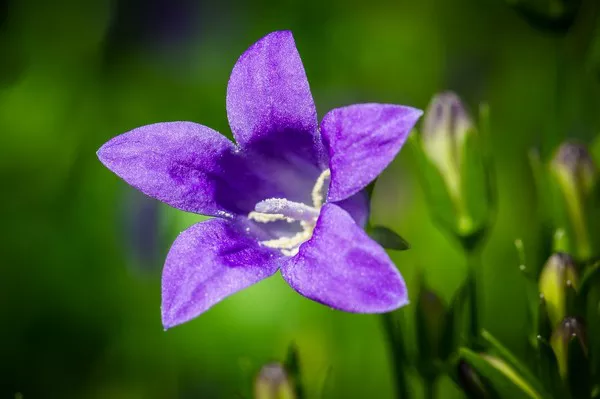Planting flower seeds indoors is a rewarding and enjoyable way to kickstart your garden, providing a head start to the growing season. Whether you’re a seasoned gardener or a novice with a green thumb, this comprehensive guide will walk you through the step-by-step process of successfully planting flower seeds indoors. Follow these instructions to ensure healthy seedlings and vibrant blooms in your garden.
Choosing the Right Seeds
Selecting the right flower seeds is the first crucial step in indoor gardening. Consider factors such as your local climate, available space, and personal preferences when choosing seeds. Additionally, ensure that the chosen flower varieties are suitable for indoor cultivation.
Gathering Essential Supplies
Before starting the planting process, gather all the necessary supplies. This includes:
- Seed trays or containers
- High-quality potting mix
- Seeds
- Watering can or spray bottle
- Labels for seed identification
- Plastic wrap or a humidity dome
- Grow lights or a sunny windowsill
- Thermometer
- Preparing Seed Trays or Containers
Ensure your seed trays or containers are clean and have drainage holes to prevent waterlogging. Fill them with a high-quality potting mix, leaving about half an inch of space at the top. Gently press down the soil to create a firm but not compacted surface.
See Also: How to make paper flowers with pictures?
Planting the Seeds
Follow the seed packet instructions for the recommended planting depth and spacing. Use a small stick or your finger to create holes in the soil, placing one or two seeds per hole. Cover the seeds with soil and lightly press down to ensure good seed-to-soil contact.
Watering and Moisture Control
Water the soil evenly, making sure it is moist but not saturated. Consider using a spray bottle to avoid displacing the seeds. Cover the trays or containers with plastic wrap or a humidity dome to create a greenhouse effect. Monitor the moisture levels regularly and adjust watering accordingly.
Providing Adequate Light
Proper lighting is crucial for seed germination and early seedling growth. If you don’t have access to sufficient natural light, invest in grow lights. Position the lights a few inches above the seedlings and adjust the height as they grow. Maintain a light duration of 14-16 hours per day.
Maintaining Optimal Temperature
Most flower seeds germinate best in a warm environment. Keep the temperature consistently between 70-75°F (21-24°C) during the day and slightly cooler at night. Use a thermometer to monitor and adjust the temperature as needed.
Transplanting Seedlings
Once the seedlings have developed a set of true leaves and outgrown their initial containers, it’s time to transplant them into larger pots. Handle the seedlings carefully, holding them by their leaves to avoid damaging the delicate stems. Plant them at the same depth as they were in the seed trays.
Fertilizing
Start fertilizing the seedlings when they have been transplanted and are actively growing. Use a diluted, balanced liquid fertilizer according to the package instructions. Gradually increase the strength of the fertilizer as the seedlings mature.
Hardening Off
Before transplanting seedlings into the outdoor garden, it’s crucial to harden them off gradually. This involves exposing them to outdoor conditions such as wind and sunlight for short periods each day. Start with a few hours and gradually increase the exposure over a week.
Transplanting into the Garden
When the outdoor conditions are suitable, and the seedlings are well-acclimated, transplant them into the garden. Choose a location with the appropriate sunlight, soil quality, and spacing requirements for each flower variety.
Conclusion
Planting flower seeds indoors is a fulfilling endeavor that allows you to enjoy a colorful and vibrant garden. By following these comprehensive steps, you’ll set the foundation for healthy seedlings that will flourish into beautiful blooms. From selecting the right seeds to transplanting into the garden, each step is essential for success. Embrace the joy of indoor gardening and witness the transformation of tiny seeds into a stunning display of nature’s beauty in your own backyard.


